Archaeologists have discovered a very rare gold treasure trove in the ancient Egyptian necropolis of Tel el-Deir in Damietta.
Many gold objects and treasures were found within dozens of burials and tombs. Experts were stunned to find that these treasures had been untouched for more than 2,500 years — a feat that isn’t seen much in Egypt, where ancient people often looted burial grounds.
A Very Old Necropolis

Researchers attached to this archaeological mission at Tel el-Deir have worked for several years on excavations of this necropolis.
Archaeologists believe the burial site dates to the 26th Dynasty, which was between 644 and 525 BCE.
An Ongoing Dig

Excavations have been ongoing in this region for many years. A previous excavation had already revealed many interesting finds, including 20 tombs.
Inside these tombs, gold foils, miniature canopic jars, amulets and scarabs were discovered. Therefore, the site has already revealed quite a lot to researchers.
Years in the Making
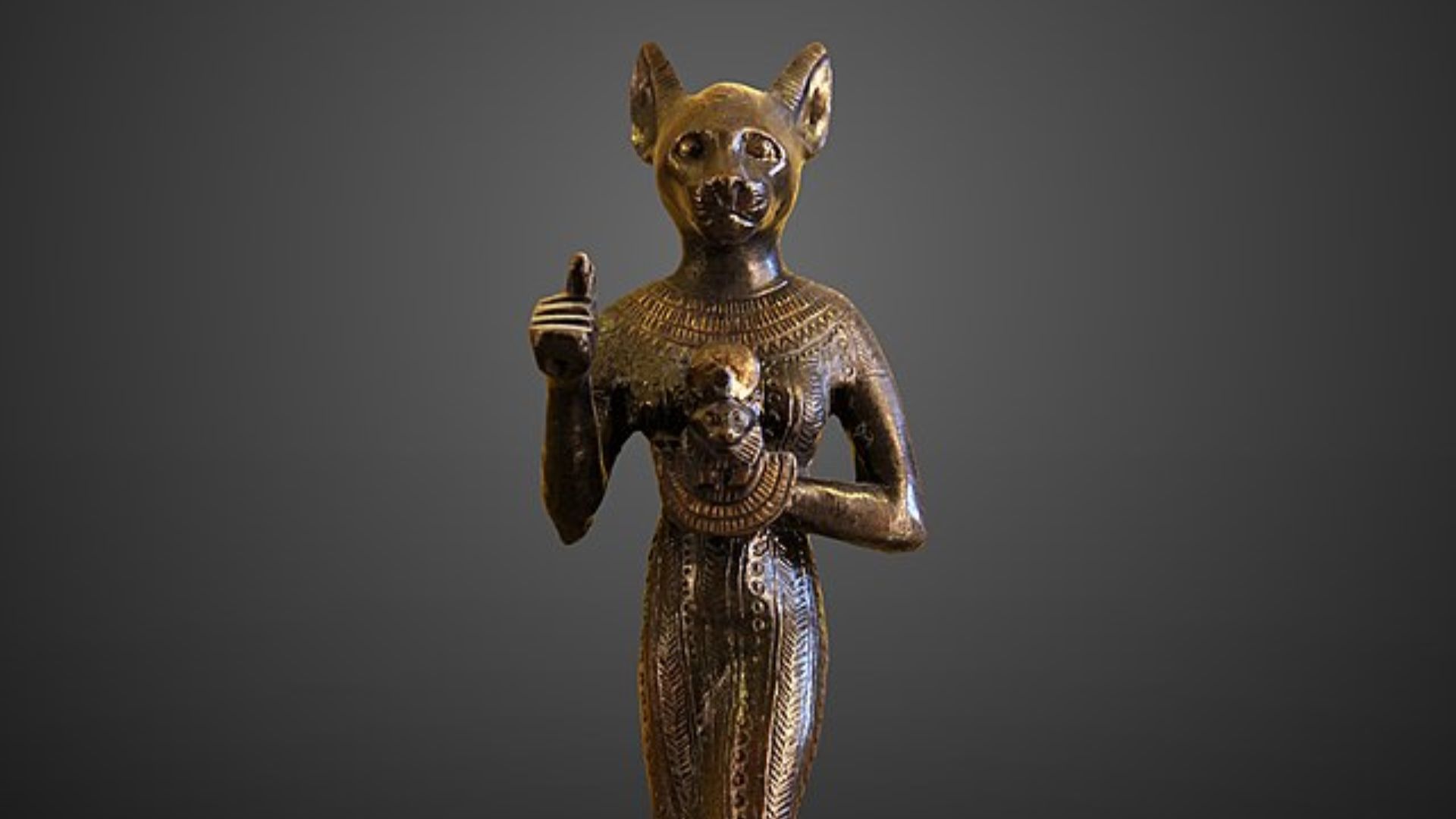
The big dig at the tombs is finally paying off after five years of work.
The Ministry of Tourism and Antiquities announced the discovery of seven gold coins at the site in 2019. Three years later, the ministry announced the discovery of 20 tombs. The tombs contained gold foil figures depicting Egyptian deities. The figures portrayed the goddess Bastet, who was believed to guide people in the afterlife, and Horus, who was a symbol of protection.
A New Rare Find
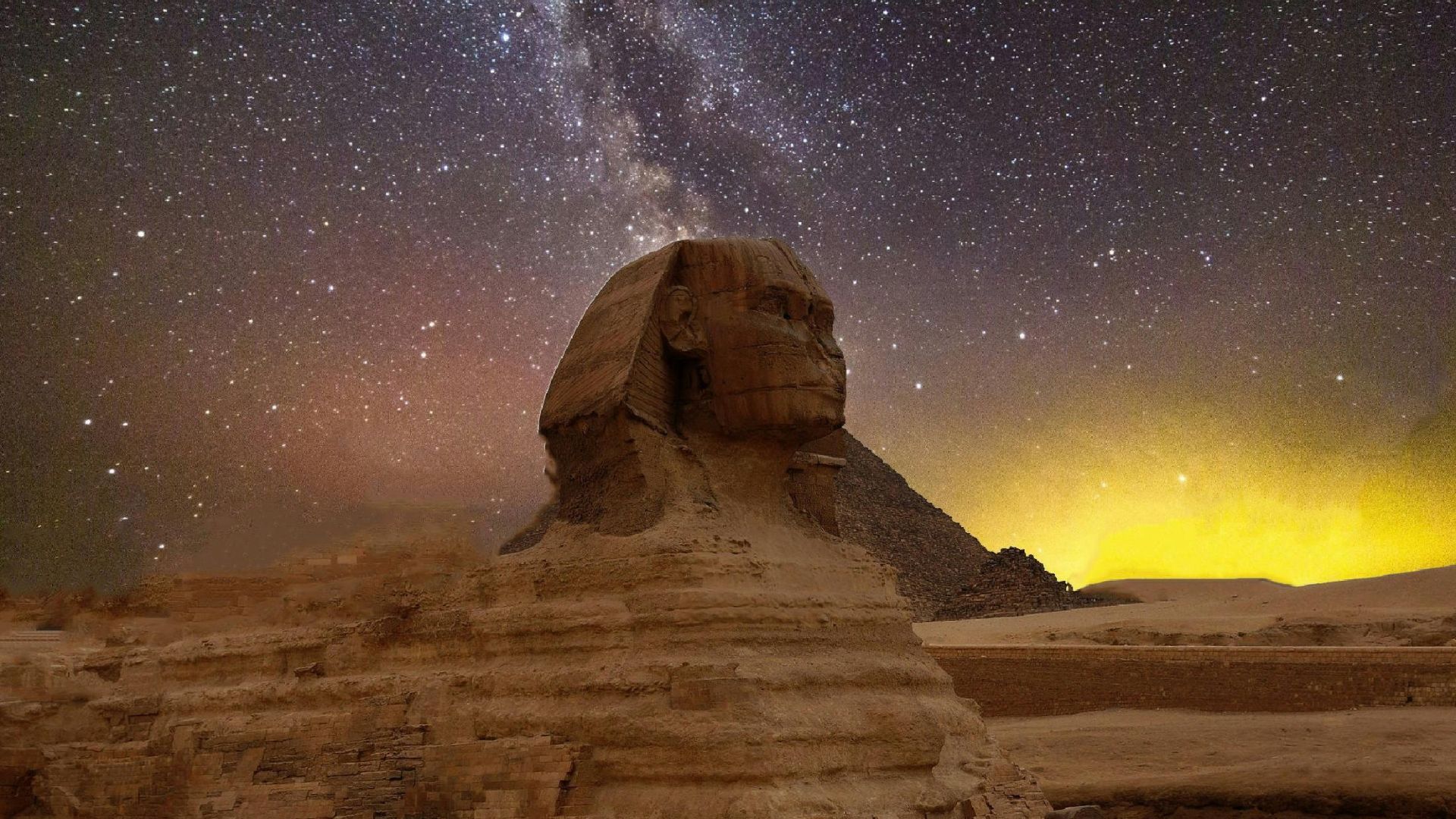
However, this latest excavation has revealed so much more — and archaeologists are stunned to find so much untouched gold left behind in these burial sites.
This latest discovery was made in the many mudbrick chambers that contained treasures alongside the deceased.
In Use Throughout the Ages

The excavation site was particularly important throughout the 26th dynasty.
Researchers found gold coins that date back to the Byzantine period. There were also ushabti statues engraved with the inscription of King Psamtik II from the 26th dynasty. However, the necropolis remained in use throughout the ages of the Romans and the Byzantines.
Untouched Treasure From 2,500 Years Ago

Archaeologists have explained that all of this treasure has seemingly been untouched for the last 2,500 years, when it was added to the chambers alongside the dead.
This makes this find quite rare, as the looting of tombs was common even back in ancient Egypt. To find intact burials with gold and treasure still around the deceased is incredibly rare.
The People in the Tombs

The makeup of the tombs gave archaeologists a clue about the kind of people buried inside.
The tombs are thought to date back to the Late Period of Ancient Egypt, which lasted from 664 B.C. to 332 B.C. In some of the tombs, researchers discovered a “huge” tomb containing people who seemed to have been of a high social class.
Uncovering Gold and Treasure

Researchers were able to excavate a variety of different objects, including bronze coins, gold foil that represented religious symbols and deities, pottery vessels and funerary amulets.
They also found ushabti figurines that were to serve the dead in the afterlife, as well as scarabs and amulets to protect the dead.
Why This Discovery Is So Important
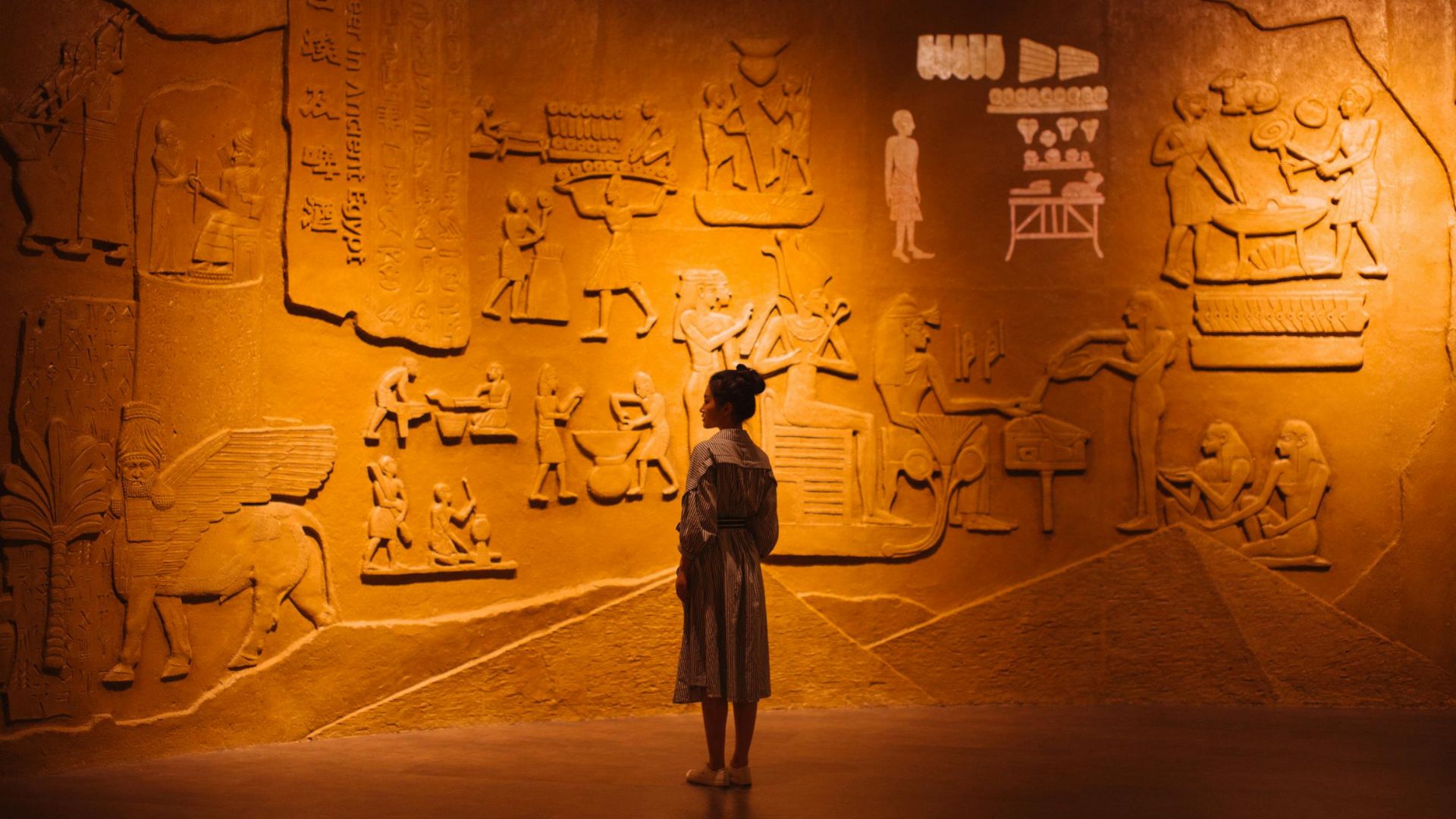
Archaeologists have deemed this excavation to be vital for a variety of different reasons. However, the fact that these tombs have been untouched for thousands of years is so positive.
Because looters haven’t messed with these burial chambers, researchers can better understand ancient Egyptians, their culture and their funerary customs.
An Interesting Necropolis
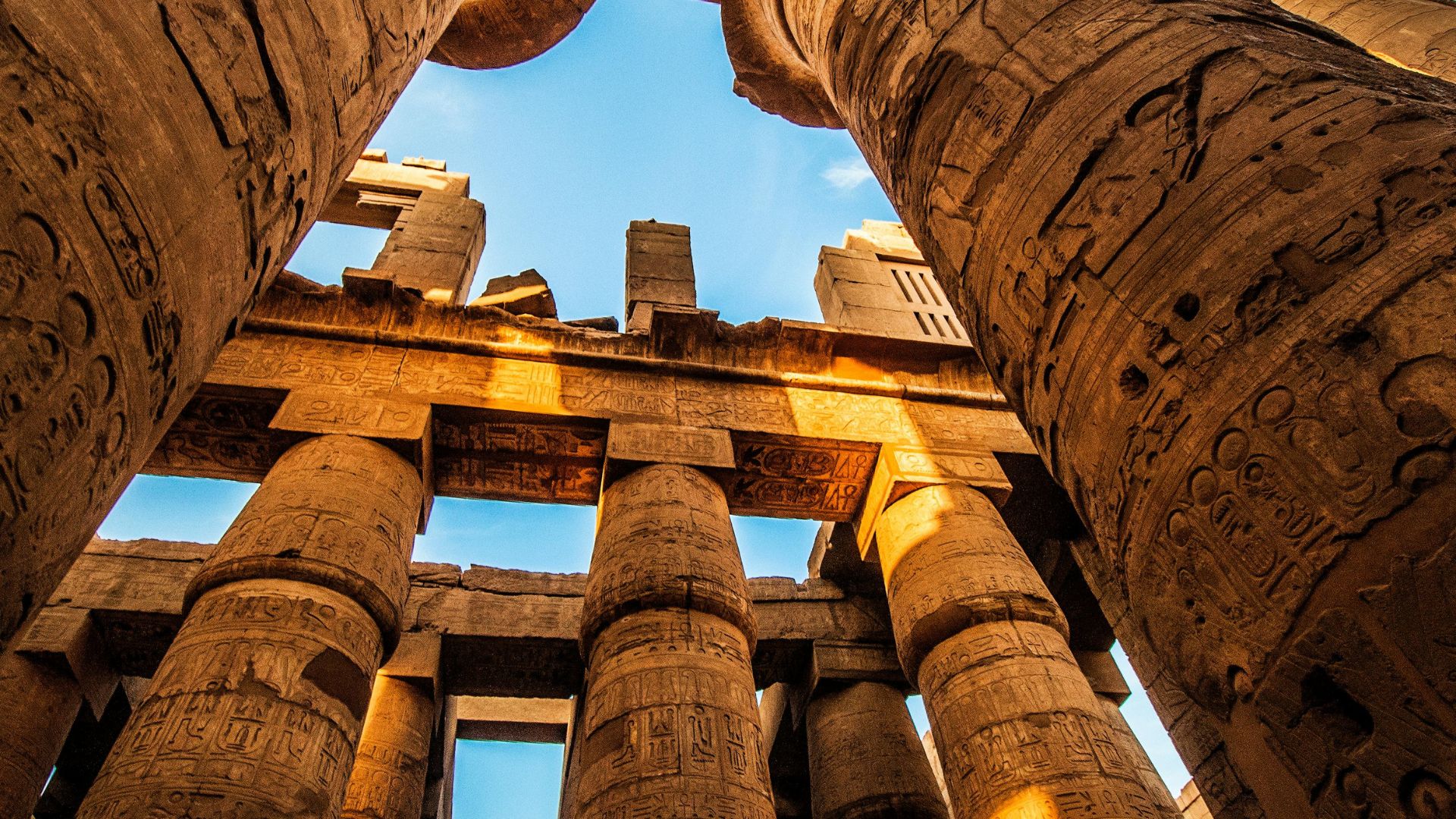
Researchers have also explained that this specific site is more than a little interesting. Various excavations, including this latest one, have helped archaeologists better understand this ancient civilization.
Rather interestingly, researchers have found that 63 mudbrick tombs are a part of this necropolis, revealing many simpler burials in the area.
A Complex Site

As a result of these magnificent discoveries, researchers have theorized that this necropolis hosted a variety of different burials.
Now, it seems to be the final resting place of both those of higher status in ancient times, as well as those who had humbler, poorer lives.
Minted Coins
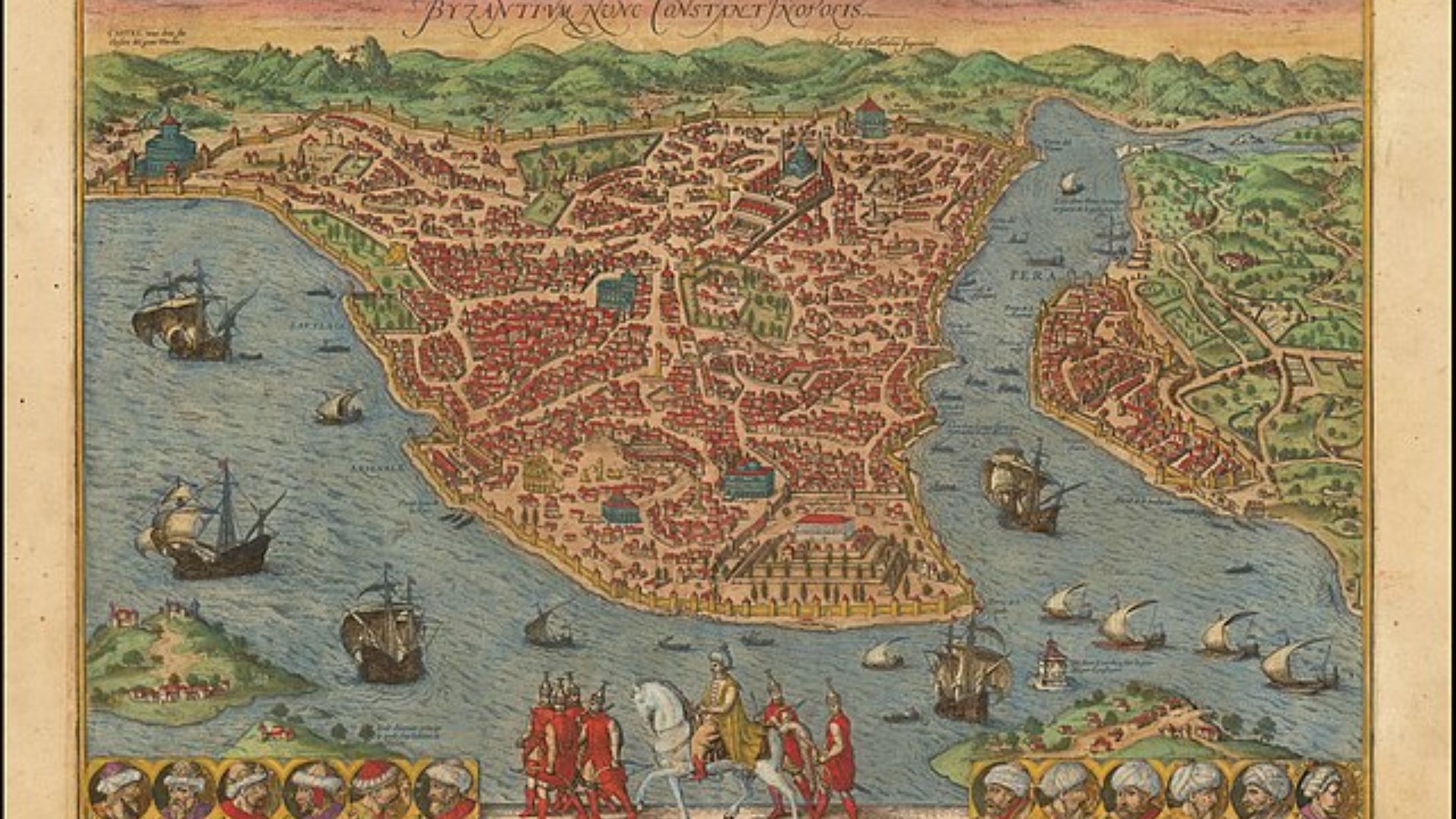
How do we know that the tombs date back to the Byzantine period? Dr Ayman Ashmawy, head of the Egyptian Antiquities Sector at the Ministry of Antiquities, said that the coins were inscribed with the name “conop.”
Conop means Constantinople, the capital of the Byzantine Empire. Dr Nadia Khidr, head of the archaeological mission, said one of the coins had an inscription depicting the Emperor Phocas, who ruled the Byzantine Empire from 602 A.D. to 610 A.D.
Coins Tell the Time

The coins found at the site indicated the time period in which the deceased were buried. That is how we can tell that the use of the necropolis spanned across different eras.
The inscriptions on the coins start at the reign of the Byzantine emperor Phocas. There were five gold coins that depicted Emperor Heraclius and his son Constantine the Elder. The last coin depicted the emperor Constantine II, who ruled Egypt from 648 to 668 A.D.
Coffin Craftsmanship
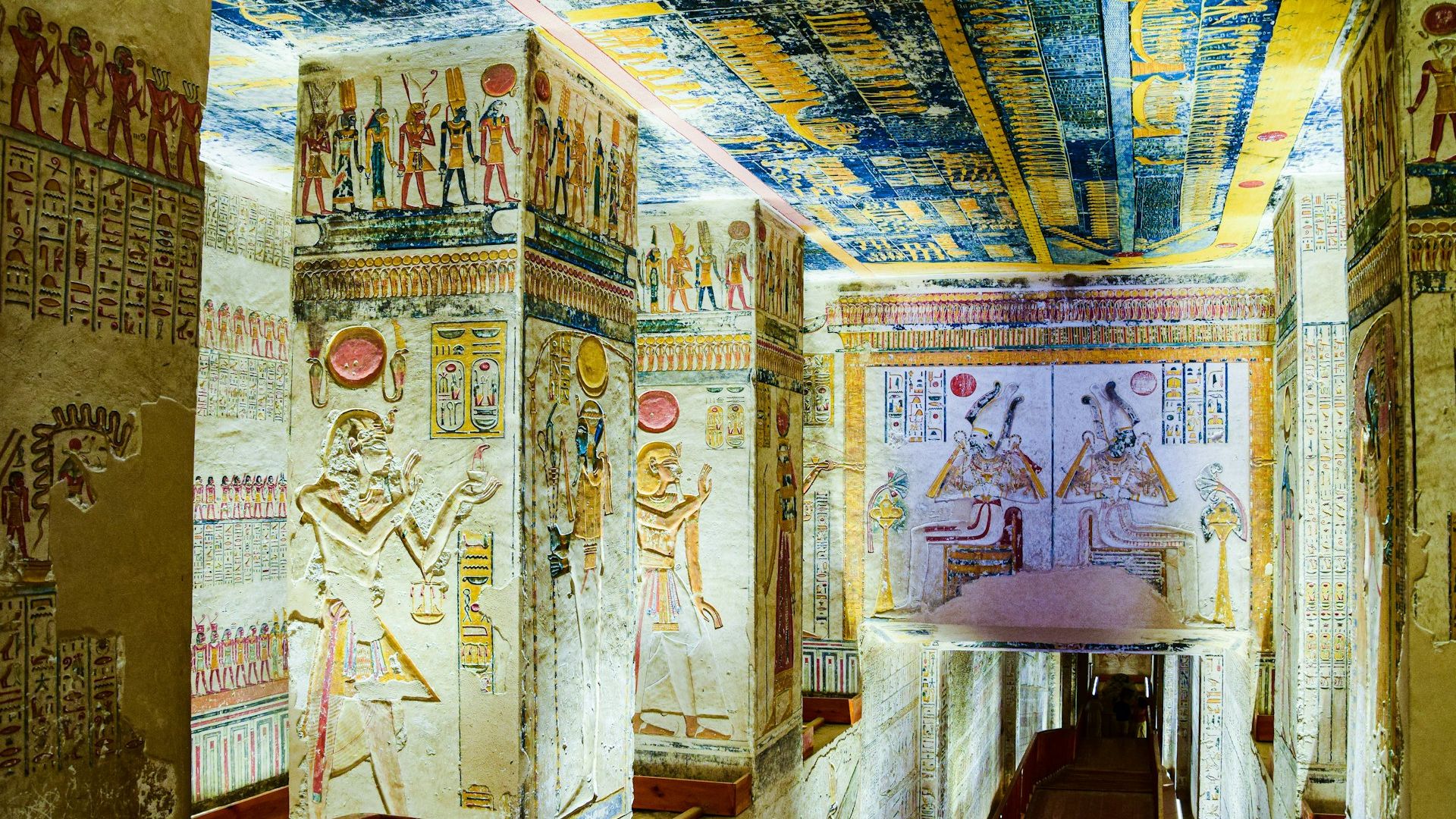
The craftsmanship was not only evident in the golden figures and pottery.
The coffins inside the tombs were made of fine limestone depicting human faces. These were probably depictions of the deceased. These coffins were transferred to the Great Egyptian Museum.
Other Interesting Discoveries
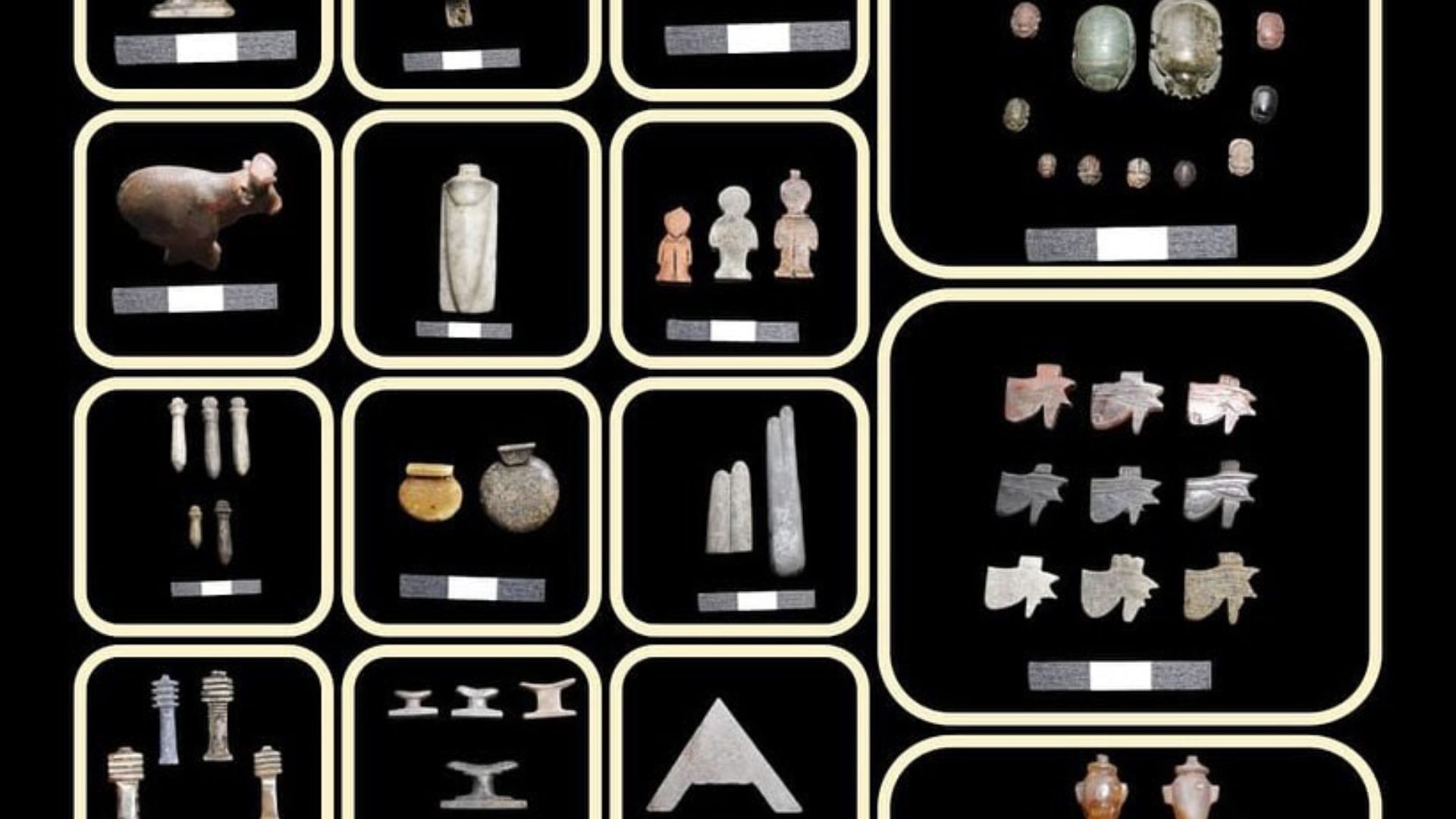
Many other interesting discoveries have been found alongside this recent excavation and untouched treasures.
Most notably, 38 bronze coins were discovered in a ceramic jar that appears to be from the Ptolemaic dynasty.
Intriguing Bronze Coins
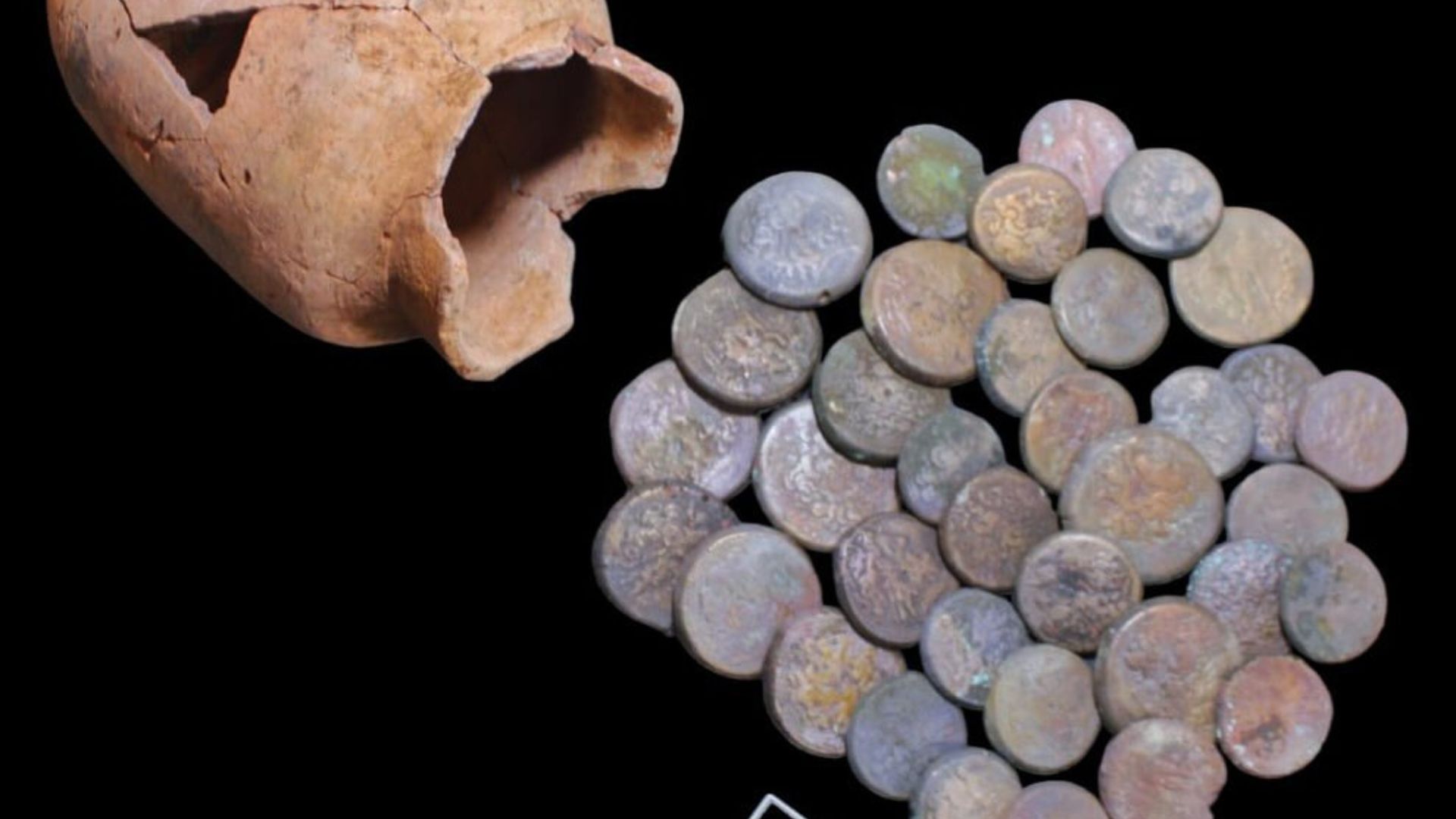
The Ptolemaic dynasty occurred from 305 to 30 BCE. Therefore, these coins were created several hundred years after this specific complex — and many of these burials — was built.
This remarkable find has led researchers to believe that Damietta was a very important necropolis and commercial hub for hundreds of years during ancient times.
A Stunning Find
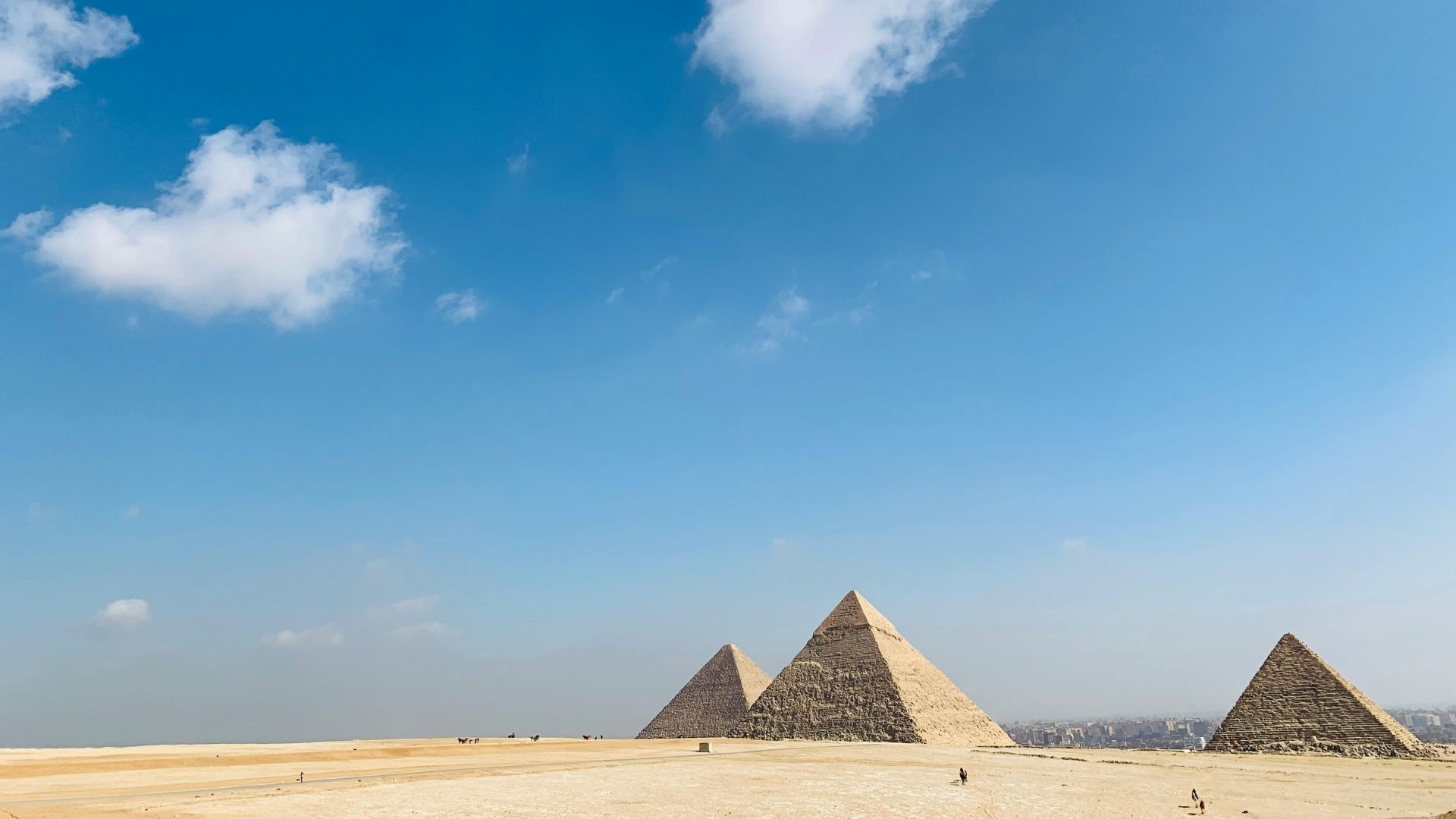
These excavations have revealed various objects and items that are still in wonderful condition, allowing researchers to better understand this interesting and complex necropolis from long ago.
Archaeologists are now hoping to learn more from these discoveries — and hopefully find more remarkable finds in future excavations.
‘A Great Deal of Information’
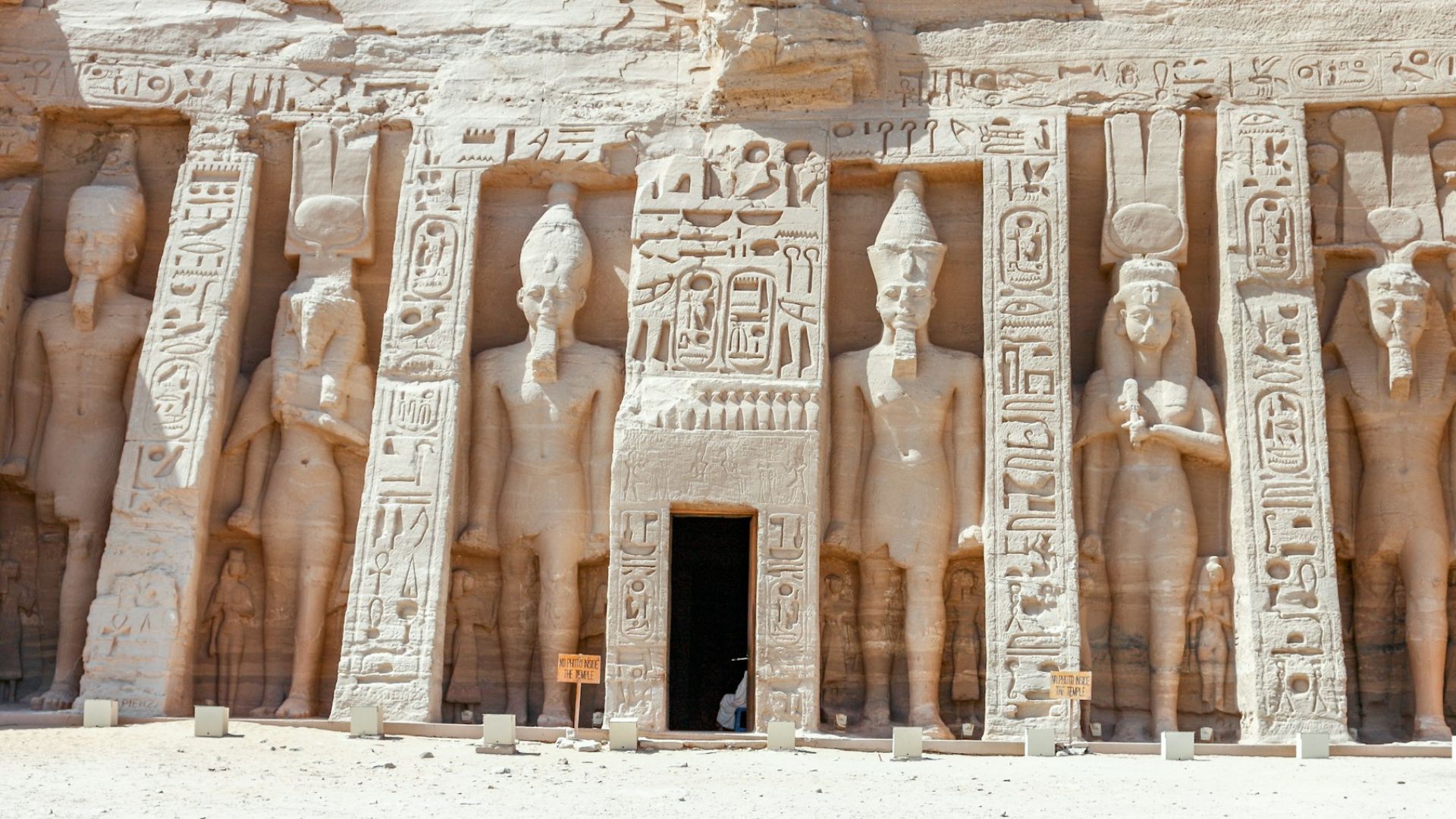
The tombs (and all the artifacts inside) provide clues about what life was like in late Ancient Egypt.
The necropolis has a “great deal of information” about Egyptian history, according to Salima Ikram, a professor of Egyptology at the American University in Cairo. The type of objects in the different tombs show the complex web of social class during the period.
A Display of Social Class
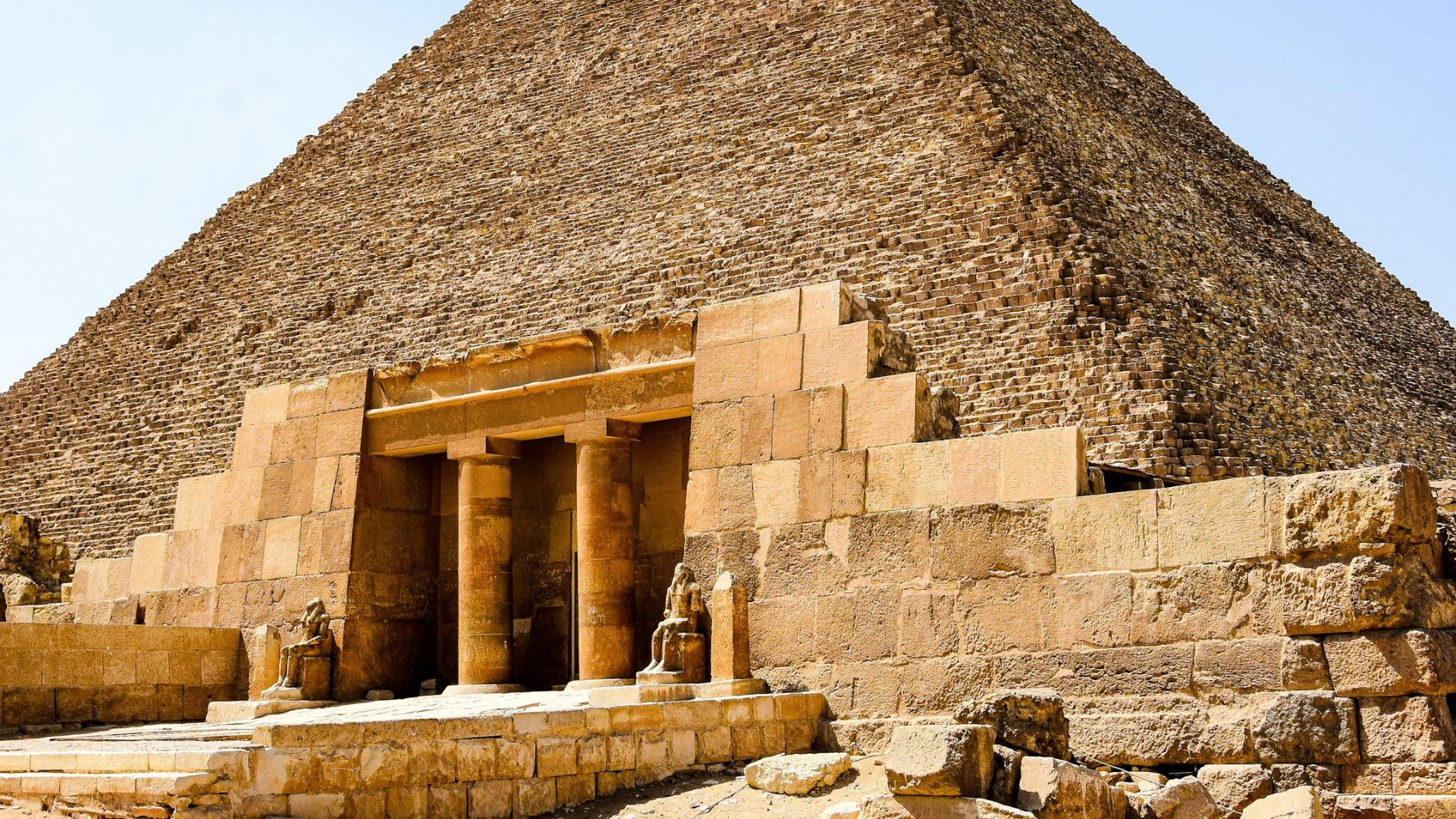
The way civilizations treat their deceased says a lot about their culture.
Salima Ikram said: “Based on the kind of objects, especially the gold amulets, one can see that this was a wealthy necropolis, and obviously the city attached to it had a great deal of social stratification.” The researchers could see the buried people were of different social classes based on what they found in the tombs.
Wealth and Status in Ancient Egypt
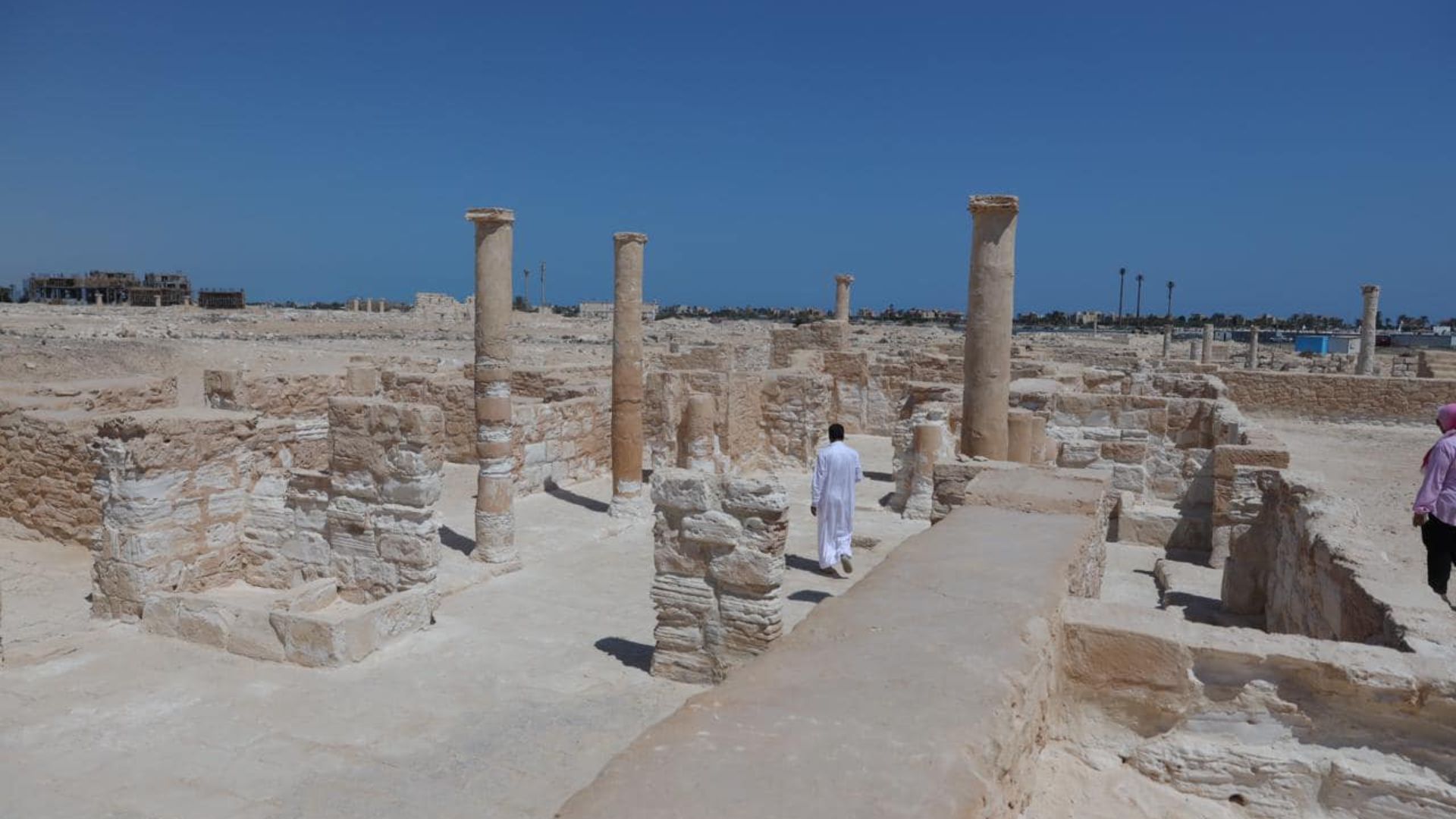
Lorelei Corcoran, director of the Institute of Egyptian Art and Archaeology at the University of Memphis, said the burials were the most fascinating aspect.
“The burials document a wide range of funerary techniques within the same cemetery precinct. This, together with the discovery of gold foil amulets in the shape of Egyptian deities and coin hordes, also illustrates a dichotomous in the wealth and status of the individuals buried here,” Corcoran said.
A Commercial Hotspot
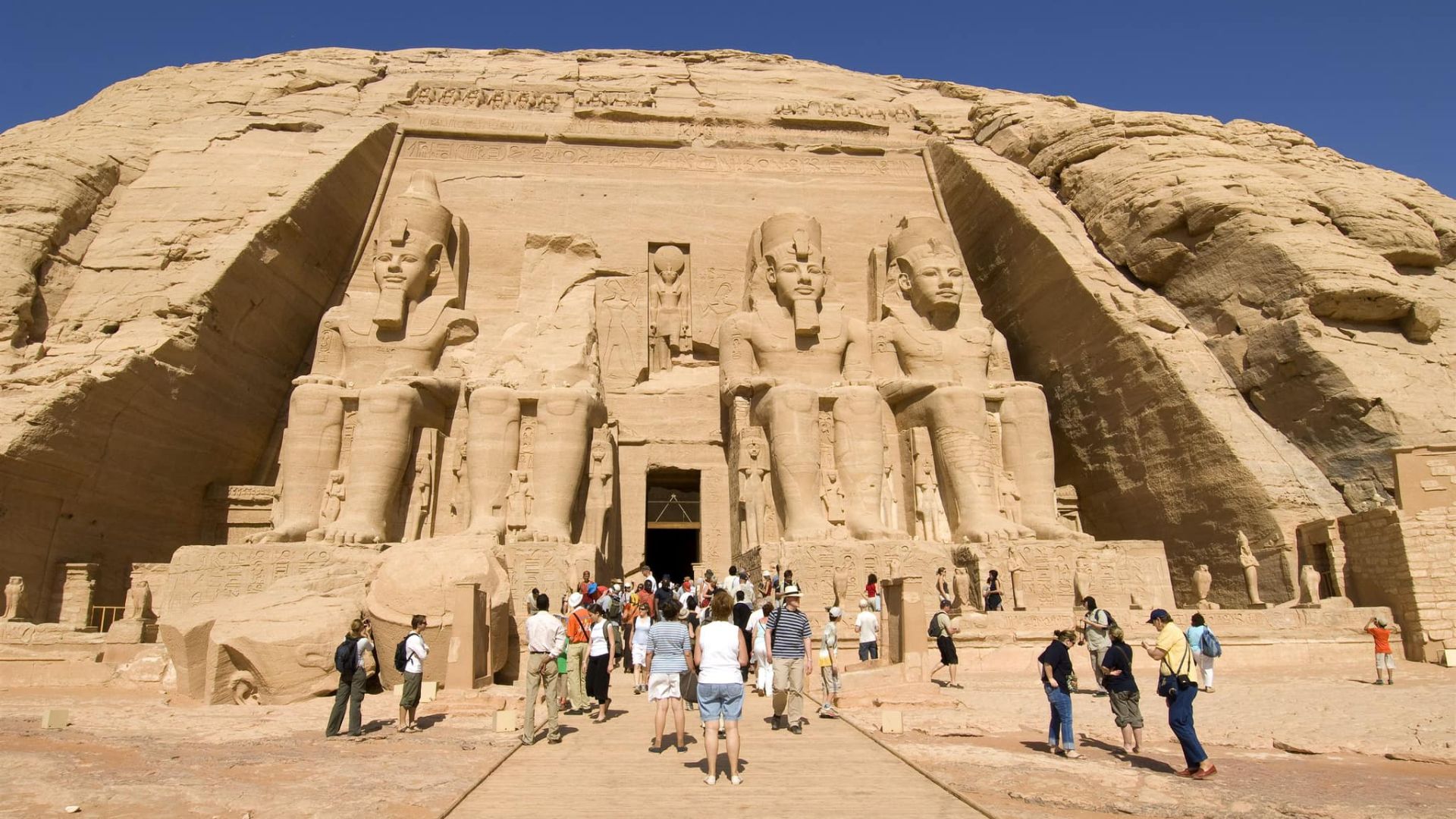
According to Mohamed Ismail Khaled, the secretary-general of the Supreme Council of Antiquities, many more discoveries paint a picture of life in ancient Damietta.
The Tel el-Deir necropolis shows that the area was a foreign trade center throughout different historical periods. We know this because of the high level of craftsmanship of the artifacts. It is also clear that some pottery vessels were imported to Egypt from overseas.
More Recent Discoveries
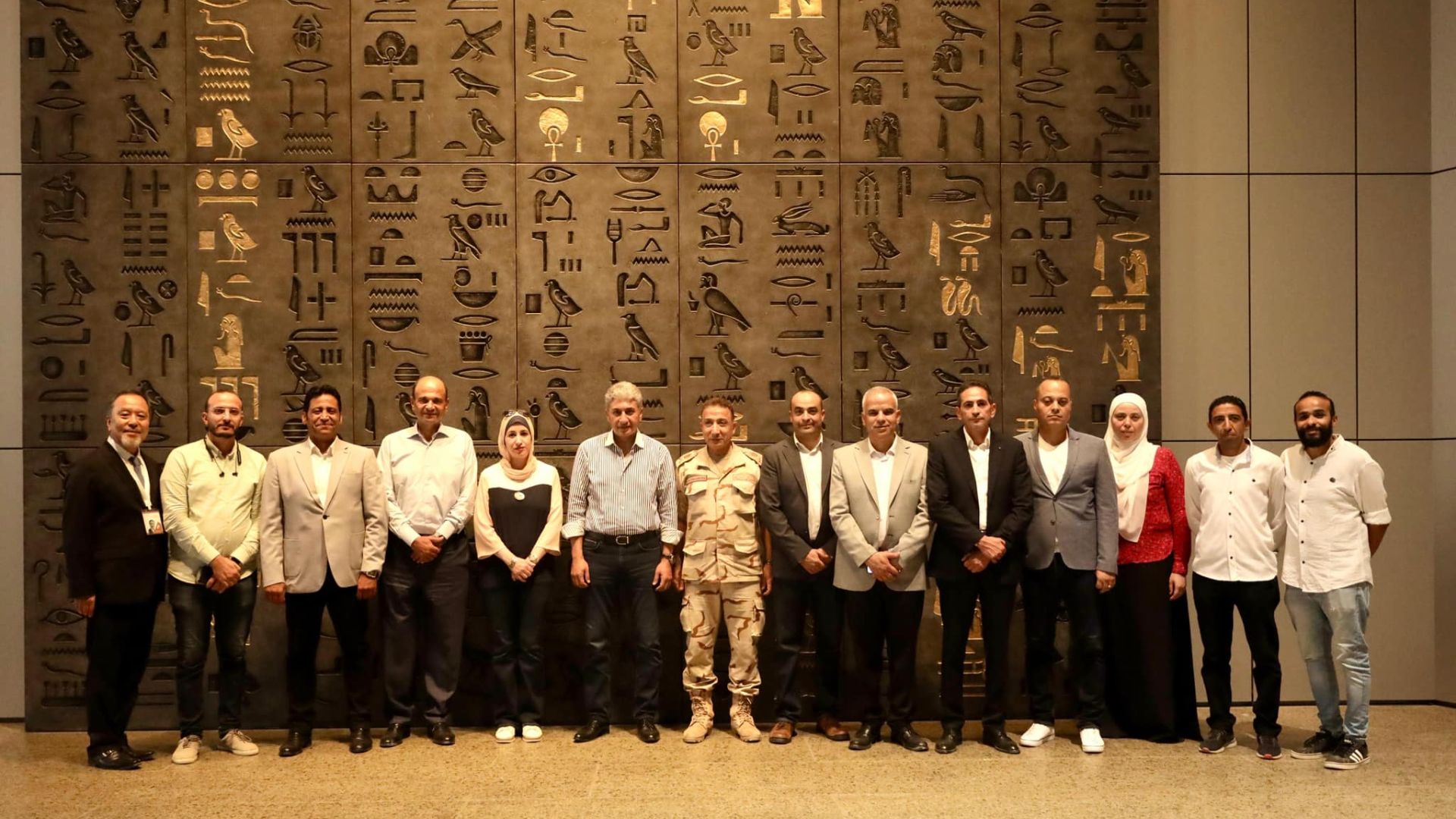
The tombs are not the only archaeological milestone researchers have reached in Egypt recently.
In July, archaeologists uncovered a collection of ancient Egyptian artworks and inscriptions hidden below the River Nile. The Egyptian-French group found them near the city of Aswan, according to the Ministry of Tourism and Antiquities.
A Reminder of the Past
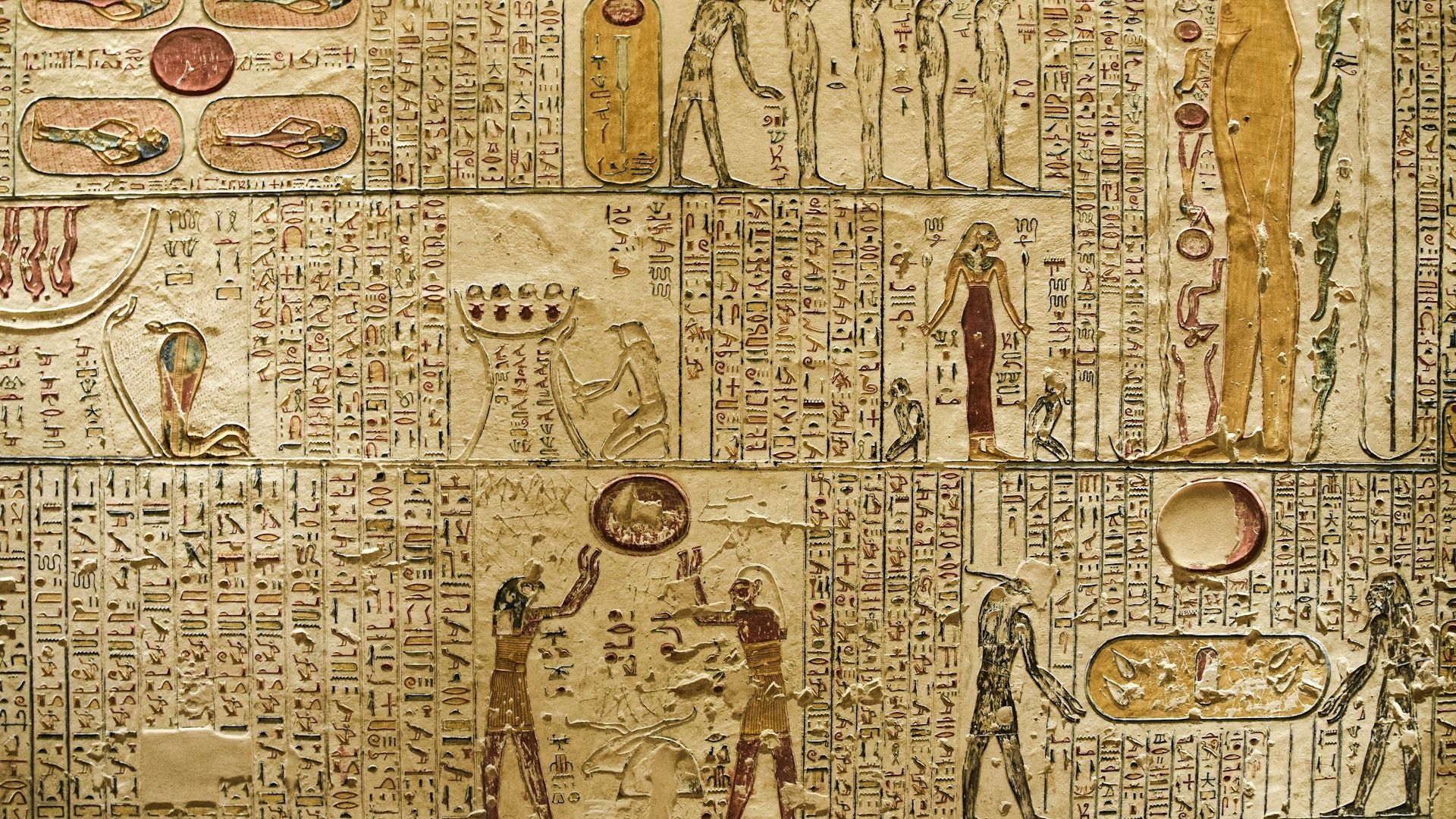
While not unprecedented, the discoveries from these tombs remind us of the diversity of Ancient Egypt.
Spanning several historical periods, we can see part of the depth and breadth of Ancient Egyptian culture. It is a fresh reminder of the vibrancy of a distant historical period.
